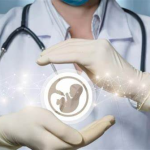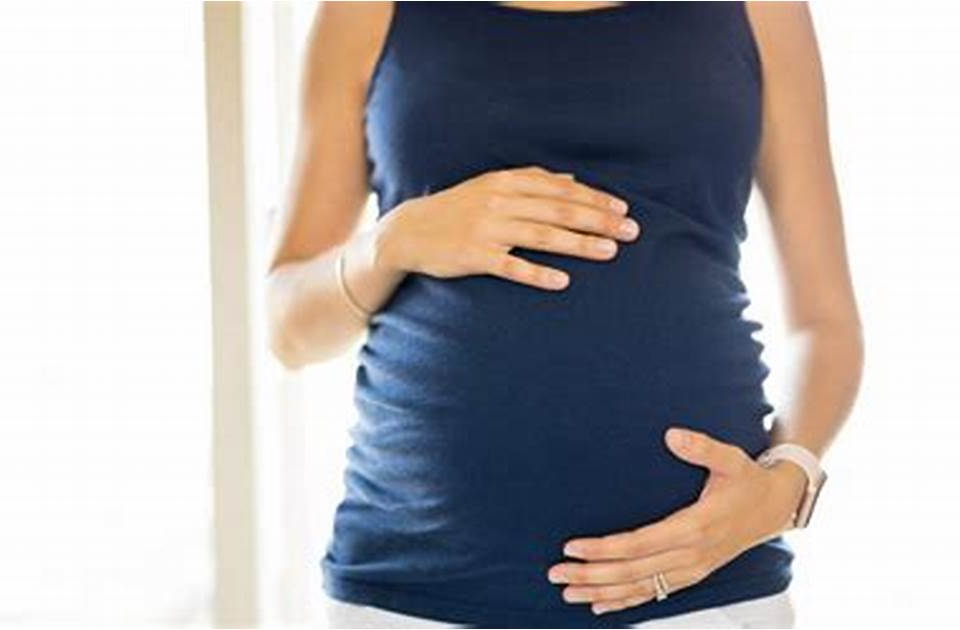
How I Overcame Uterine Fibroids and Found Hope with IVF
It was a typical Sunday afternoon when I first learned I had uterine fibroids. My husband and I had been trying for a baby for over a year, and it had been a frustrating, heartbreaking journey. My cycles were irregular, and I never thought much of it, but the longer we tried to conceive, the more questions we had. That’s when my gynecologist suggested that we explore what might be going on inside my uterus. The results of my ultrasound were unexpected—uterine fibroids.
At first, I didn’t even know what fibroids were. I had heard the term before, but I had no idea how common they were or how much they could affect fertility. After some research and a visit to a fertility specialist, it became clear: fibroids could be the reason I wasn’t getting pregnant.

What Are Uterine Fibroids?
Uterine fibroids are non-cancerous growths that form in or on the uterus. They’re actually more common than I realized—affecting up to 80% of women by the time they reach age 50. While many women with fibroids can get pregnant without trouble, for others, these growths can cause infertility, miscarriage, and difficult pregnancies.
The fibroids I had were located inside my uterus, and some were large enough to impact the space where an embryo would implant. Dr. Johnson, a fertility specialist, explained, “Fibroids can interfere with conception in several ways. They can distort the shape of the uterus, block fallopian tubes, or interfere with the blood flow to the uterine lining, all of which affect implantation.”The Impact of Fibroids on Fertility

Learning that fibroids could be the root cause of my infertility was both a relief and a disappointment. At least now we knew what we were dealing with. But understanding the problem didn’t make it any easier to solve.
Dr. Johnson told me that while many women with fibroids still conceive naturally, the location, size, and number of fibroids play a big role. “Fibroids that are large or in certain locations, such as within the uterine cavity, are more likely to affect fertility,” he explained. “In cases where fibroids are causing significant issues, we may need to consider removing them or turning to assisted reproductive technologies like IVF.”
I felt torn. On one hand, I didn’t want to go through surgery to remove the fibroids, but on the other hand, I was desperate to have a baby. After much thought and discussion with my husband, we decided that the best option for us was to try IVF.
The Decision to Try IVF
Choosing IVF was not an easy decision. I had heard all sorts of stories—some of them hopeful, others not so much. But after weighing all our options, I knew that IVF would give us the best chance of success. In my case, we would need to address the fibroids before moving forward with IVF.
Dr. Johnson recommended a laparoscopic myomectomy, a minimally invasive procedure to remove the fibroids from my uterus. “Removing the fibroids will help improve the chances of a successful pregnancy,” he said. “The less we disturb the uterine environment, the better the chances for implantation and a healthy pregnancy.”
I underwent the surgery, and fortunately, the recovery was smooth. While I was still anxious about the IVF process, I felt relieved knowing that the fibroids had been removed. We were one step closer to realizing our dream of parenthood.
IVF: The Roller Coaster of Emotions
After my surgery, we moved forward with IVF. The stimulation process was intense, with daily hormone injections to encourage my ovaries to produce multiple eggs. I had heard about the emotional and physical toll of IVF, but nothing could have fully prepared me for the ups and downs that came with it.
Dr. Johnson reassured me throughout the process: “With IVF, we can take control of your fertility. We’ll monitor your hormone levels closely and tailor the treatment to give you the best chance possible. Don’t worry—we’re here to guide you every step of the way.”
When it was time for the egg retrieval, I was nervous but hopeful. The procedure was quick, and I ended up with 10 eggs. Of those, six were viable for fertilization. I was overjoyed, but the waiting game began. The next few days were filled with uncertainty as we waited to see which embryos would develop into healthy blastocysts.
When the call came that we had two healthy embryos, I was elated. Dr. Johnson emphasized, “The fact that you have two healthy embryos is a great sign. Even with fibroids, your body responded well to the treatment.”
The Transfer and Waiting Game
The embryo transfer was relatively simple. It felt surreal, though—like I was holding my breath, waiting for this moment to finally lead to the family we had always dreamed of. After the transfer, I was told to take it easy, but it was impossible not to obsess over every little feeling and symptom.
Two weeks later, we found out the news we had been waiting for: I was pregnant. I couldn’t believe it. The rollercoaster of emotions—disappointment, hope, doubt, and finally, joy—had all led to this moment. My dream of becoming a mother was finally becoming a reality.
Expert Advice on Fertility and Uterine Fibroids
If you are struggling with infertility and suspect that fibroids may be the cause, here’s what I’ve learned throughout my journey:
- Don’t Wait to Seek Help: If you’re experiencing symptoms like heavy periods, pelvic pain, or difficulty getting pregnant, don’t wait. See a fertility specialist who can help diagnose the problem and guide you toward the best treatment options.
- Know Your Options: For women with fibroids, surgery (like a myomectomy) and IVF can offer solutions. Removing fibroids can improve your chances of a successful pregnancy, and IVF can help if fibroids are affecting fertility.
- Trust the Experts: Finding a fertility clinic and doctor you trust is essential. Dr. Johnson was my guide throughout the process, offering realistic expectations and unwavering support. As he said, “Every case is unique, and we work closely with our patients to find the best path forward.”
- Be Prepared for the Emotional Journey: IVF is not easy, but it’s worth it. There will be highs and lows, but staying positive and persistent is key. It took me a while, but IVF gave me the chance to fulfill my dream of becoming a mother.
- Patience and Perseverance: There were times I thought I couldn’t take another disappointment, but my journey taught me patience. No matter how long it takes, stay focused on your goal and believe in the process.
Parenthood After Uterine Fibroids
Today, I am a mother to a beautiful baby boy. The road was long, and it wasn’t always easy, but with the right treatment and support, we finally got there. If you’re dealing with uterine fibroids and infertility, know that there’s hope. The journey may be tough, but it’s not the end. With the right care, you can still achieve the family you’ve always wanted.





